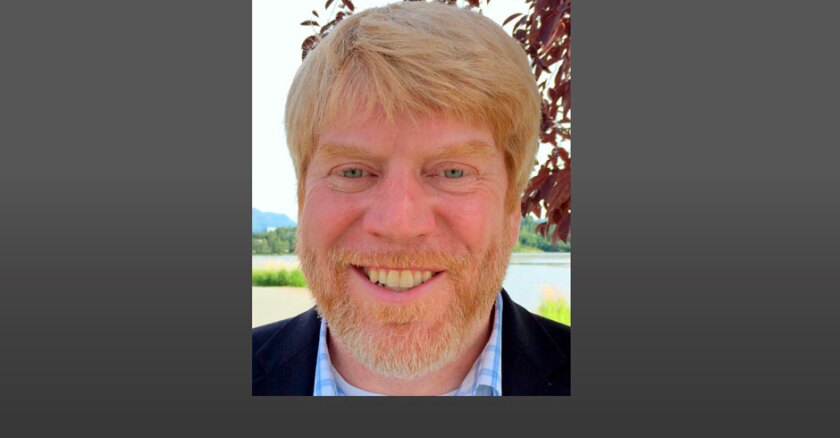1. What innovation opportunities has COVID-19 brought to Anchorage?
Early in the pandemic, we were worried about personal protective equipment (PPE) and having enough N95 masks. All cities were worried about that, but Anchorage is farther away so things take longer to get here. Our supply channels are more complicated. Our municipal manager was interested in innovative ways we could come up with PPE. I asked people on Facebook if they had a 3D printer and whether they would be willing to help make medical equipment with it.We had about 50 people sign up. Then a doctor got in contact with me. He had experience with 3D printing and he had experience with N95 masks. We started experimenting with different masks and were able to eventually make 250 for medical professionals. I was just kind of a figurehead in it, but it was amazing to see volunteers quickly iterate on 10 different designs.
2. Has the crisis changed circumstances for innovation work at all?
One thing that has been beneficial is that because of emergency operation centers and everyone just pulling together — people from different departments being in the same room collaborating, as well as working with the health department and the state of Alaska — we’ve been able to do things that might have been more challenging or taken longer in the past.3. What are some of the advantages of doing innovation work in a unique city like Anchorage?
Anchorage is about 41 percent of the population of Alaska. It’s similar to New York City, which I believe is about 42 percent of New York, but we don’t have a borough above us. We’re a municipality and then above us is the state. If we make something better than is available at the state level, one out of two people will be in Anchorage, and it will benefit them. There’s a unique capability there.4. How have you seen innovation and civic tech work evolve during your tenure with Anchorage?
I’ve been here a little over four years as the innovation officer, and we’ve had a Bloomberg Innovation Team since about six months after I got here. It’s been interesting. We’ve used a lot of human-centered design, and we’ve worked with behavioral insights. One change is that here in Anchorage people are thinking more about how to use a service. Everyone has good intentions when they get into government. They want to help people, but after they’ve been there a while, they know things so well that they don’t understand what it would be like to, for example, file for property tax extensions for the first time. We did a behavioral insights project with that.One thing I’d like to do a better job with in civic tech — and I’ve seen other cities do this — is list what types of problems we’re trying to solve with our open data. The early phase was open data for the sake of open data, which was good, but now I see an evolution where hackathons are targeted around data sets and a specific direction, like addressing COVID solutions or achieving equity.









